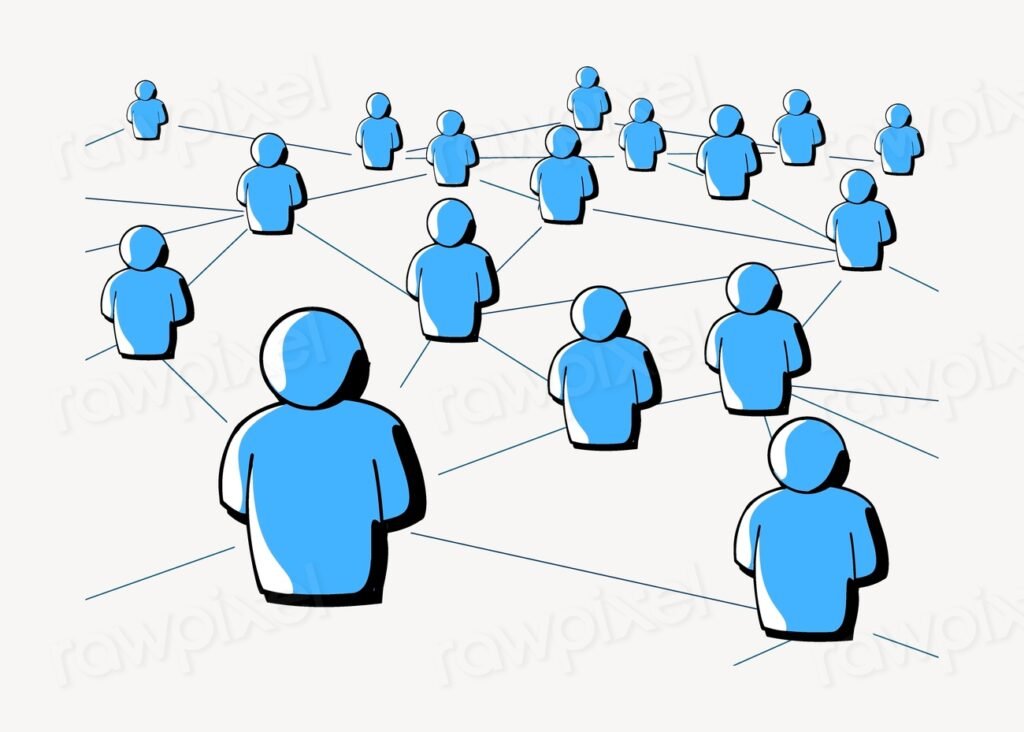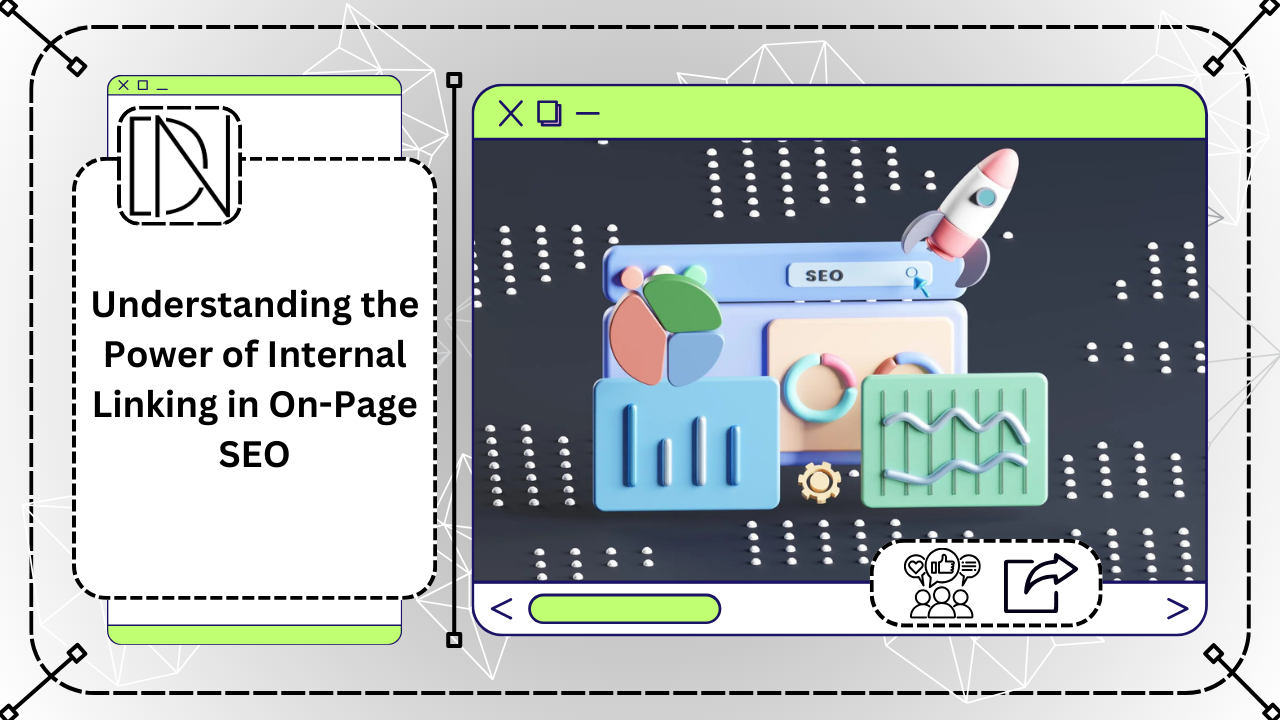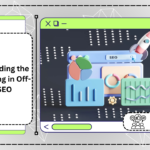When it comes to on-page SEO, there are numerous strategies and techniques that can help improve your website’s visibility and ranking on search engine result pages (SERPs). One such strategy that often goes overlooked is internal linking. In this blog post, we will explore what internal linking is and how it can benefit your website’s SEO efforts.

What is Internal Linking?
Internal linking refers to the practice of linking one page of your website to another page within the same domain. These links are typically placed within the body content of a web page and are used to navigate users to related or relevant information on your site. Internal links can be in the form of text or image-based links.
Internal linking serves two main purposes. Firstly, it helps users navigate your website more easily, allowing them to find and access relevant content with just a click. Secondly, internal links help search engines understand the structure and hierarchy of your website, enabling them to crawl and index your pages more effectively.
The Benefits of Internal Linking for SEO
Internal linking offers several benefits for your website’s SEO efforts:
1. Improved Website Navigation
By strategically placing internal links throughout your website, you can guide users to other relevant pages, helping them discover more of your content. This not only improves the user experience but also increases the chances of users spending more time on your site, reducing bounce rates, and improving engagement metrics.
2. Enhanced Page Authority
Internal links distribute the authority and ranking power of your website across various pages. By linking to important and high-quality pages, you can pass on some of the authority to those pages, helping them rank higher in search engine results. This can ultimately boost the visibility and organic traffic of those pages.
3. Improved Indexing and Crawling
Search engines use internal links to discover and navigate through your website. By providing clear and relevant internal links, you make it easier for search engine bots to crawl and index your pages. This can result in faster indexing and better visibility of your content on SERPs.
4. Keyword Optimization
Internal linking allows you to optimize your anchor text, which is the clickable text of a link. By using relevant keywords in your anchor text, you can signal to search engines the topic or theme of the linked page. This can help improve the ranking of both the linked page and the target keyword.
5. Increased User Engagement
Internal links encourage users to explore more of your website, increasing their engagement and time spent on your site. When users find relevant and valuable content through internal links, they are more likely to trust your website and return for future visits.
Best Practices for Internal Linking
To make the most of internal linking for your website’s SEO, consider the following best practices:
1. Use Descriptive Anchor Text
When creating internal links, use descriptive and relevant anchor text that accurately describes the linked page’s content. Avoid using generic anchor text like “click here” or “read more.” Instead, incorporate keywords or phrases that are related to the linked page.
2. Link to Relevant and High-Quality Pages
Choose pages that are contextually relevant to the content of the current page. Linking to high-quality pages that provide additional value to users can help improve the overall user experience and boost the authority of those pages.
3. Avoid Over-Optimization
While internal linking is important for SEO, it’s crucial to avoid over-optimization. Don’t flood your pages with excessive internal links, as this can be seen as spammy by search engines. Instead, focus on providing natural and useful links that enhance the user experience.
4. Regularly Audit and Update Internal Links
As your website evolves and new content is added, it’s important to regularly audit and update your internal links. Ensure that all links are still relevant and functional. Broken or outdated links can negatively impact user experience and SEO performance.
Conclusion
Internal linking is a powerful on-page SEO strategy that can improve your website’s visibility, user experience, and search engine rankings. By strategically linking relevant pages within your website, you can enhance navigation, increase page authority, and improve indexing. Remember to follow best practices and regularly audit your internal links to ensure optimal performance. Incorporate internal linking into your SEO strategy and watch your website thrive.












